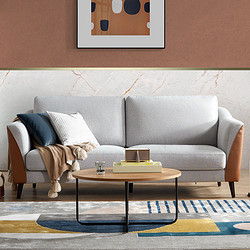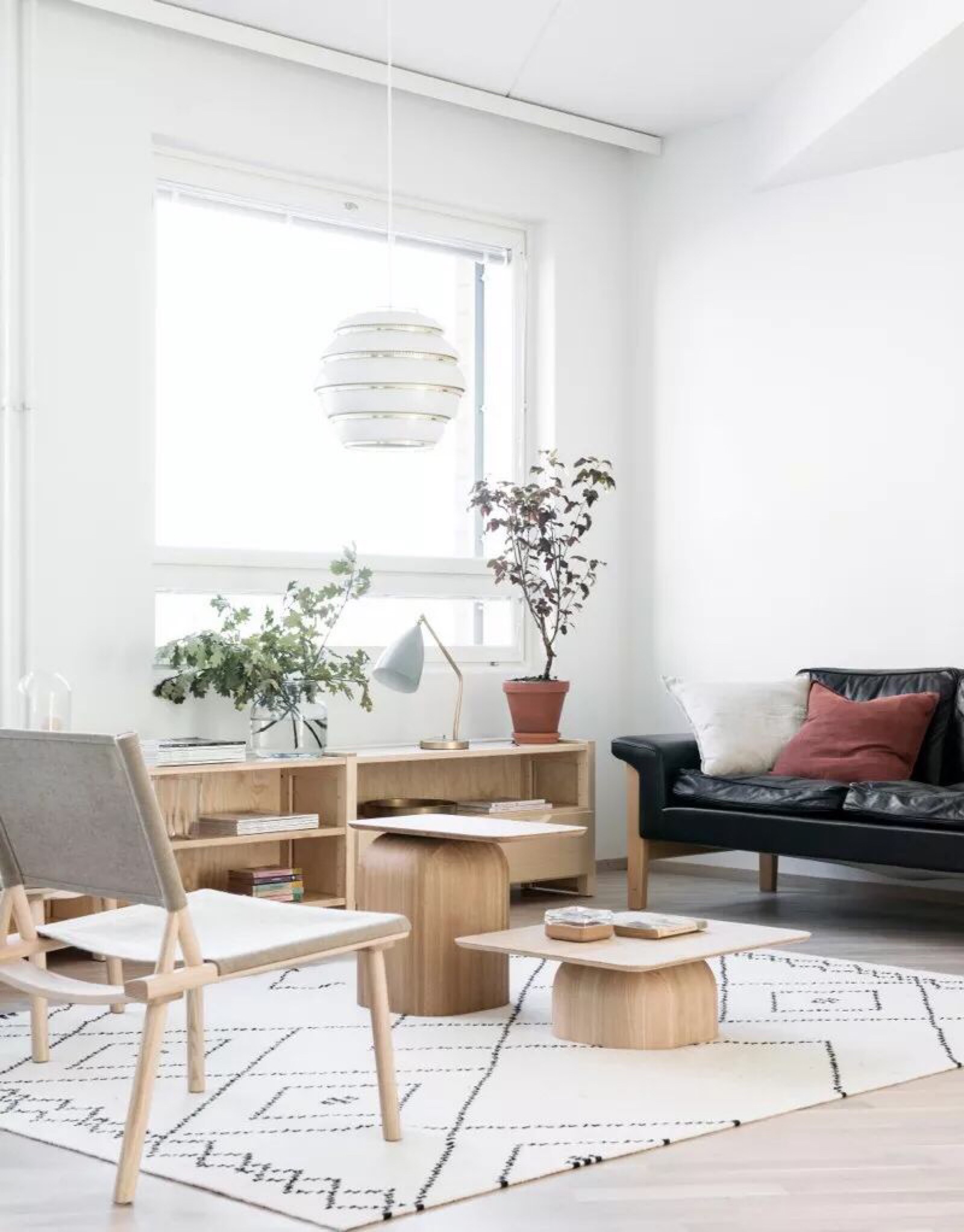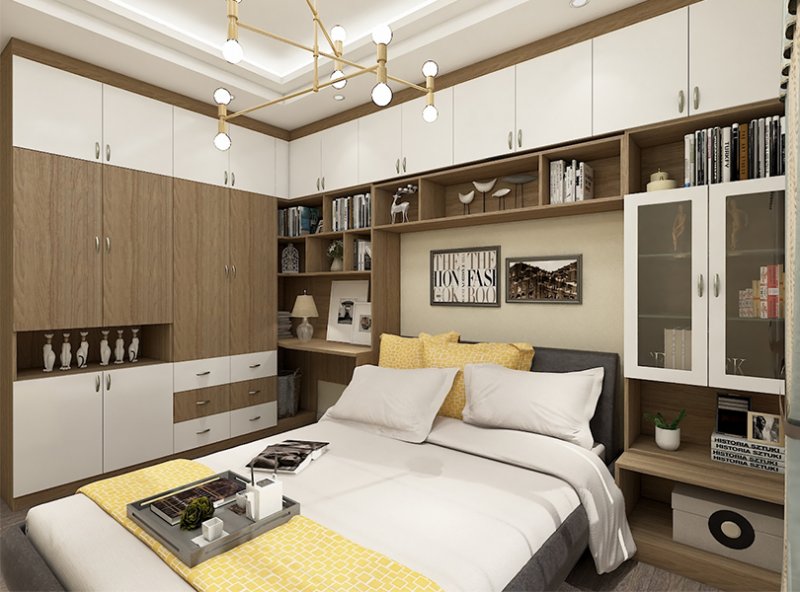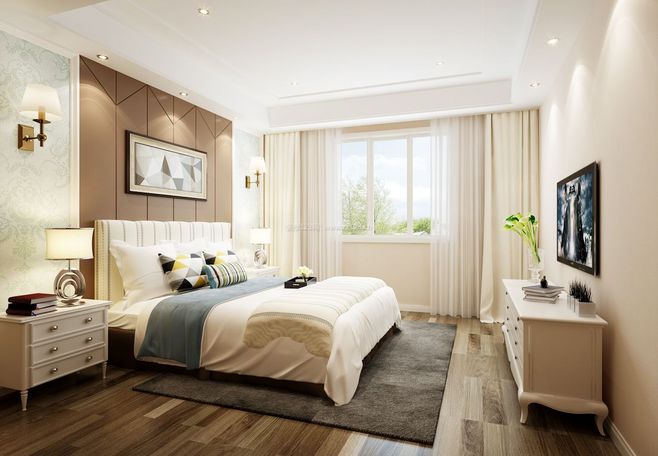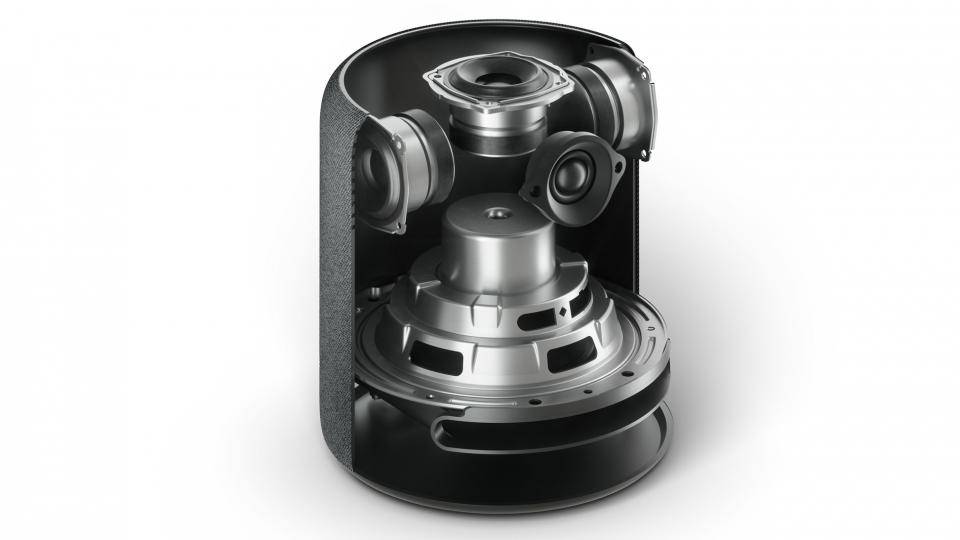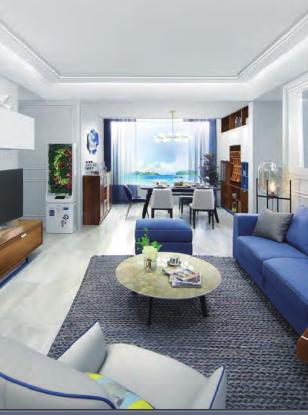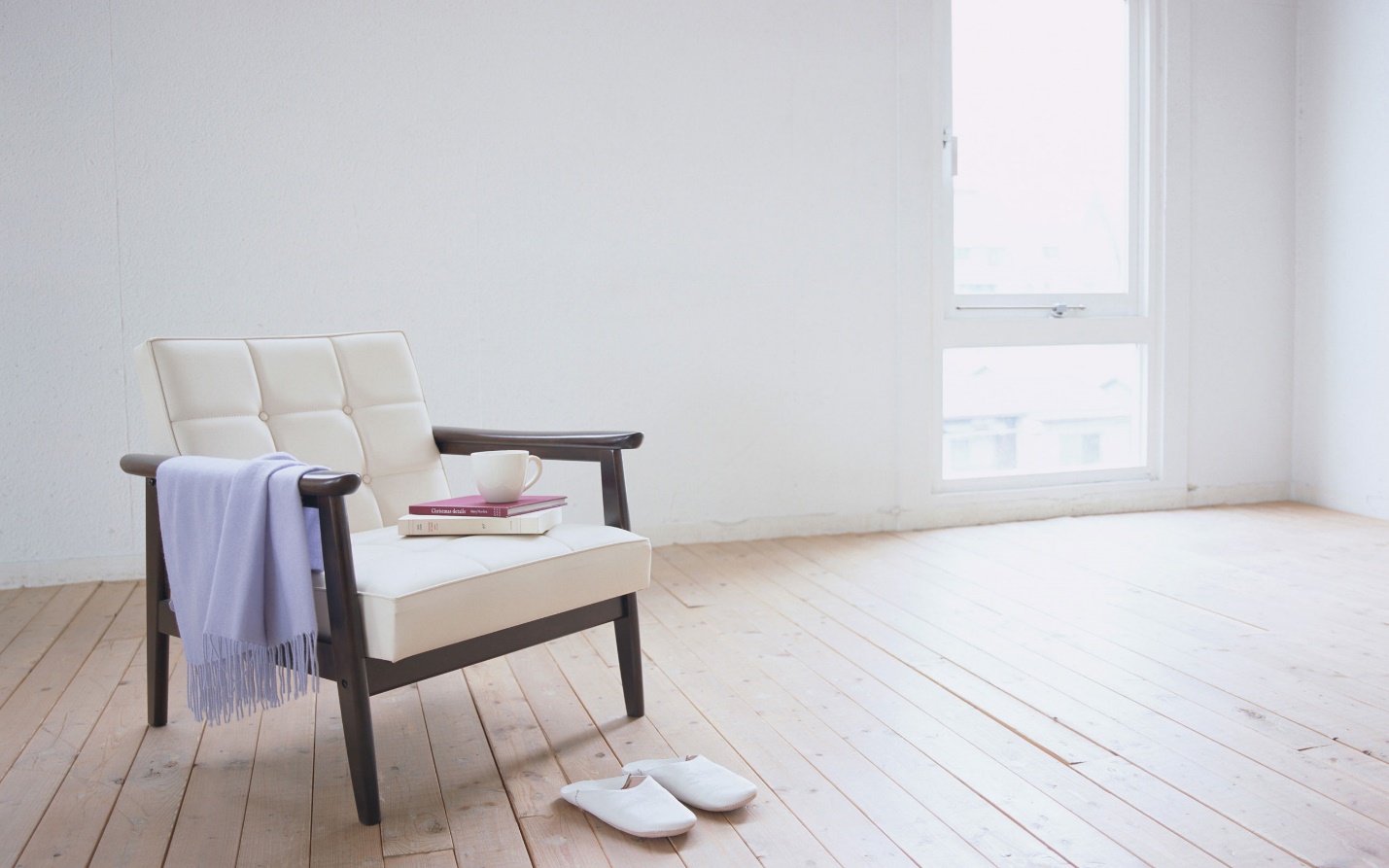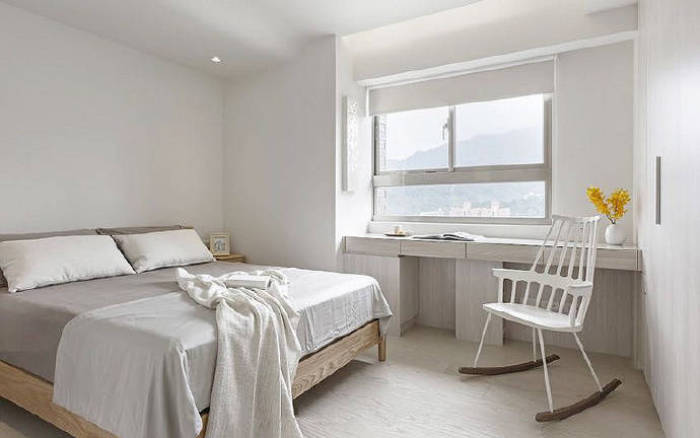Fireworks, barbecues, sunscreen—these may be the first things that come to mind when we think of Fourth of July festivities, but this time of year is also the perfect moment to reflect on all of the great American design out there. We asked AD100 designers and architects to share a few of their favorite examples, and the answers are just as varied as their aesthetics, from historic homes like Monticello and Fallingwater to everyday inventions that have helped shape our everyday lives such as the rocking chair and the Polaroid camera. Richard Meier reveals how working on the renovation of Frank Lloyd Wright ’s Guggenheim Museum furthered his understanding of the building’s genius, while Alexa Hampton chose a house in France to represent the best of classic American country-house style. Read on to see some of the innovations and inspirations these talents love most when it comes to American design.
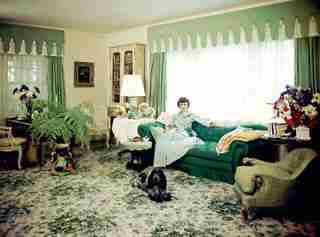
“Bill and Babe Paley’s St. Regis apartment, done up by Billy Baldwin in the early 1960s. A tented room in Indian batik with a mix of continental furniture, some French, some English, a mad little Rococo clock chandelier, and all the comings and goings of a glamorous hotel—it all seems so essentially American. That we’re a country of upstarts amazing enough to conjure such a fabulous lifestyle is incredible.” — Miles Redd
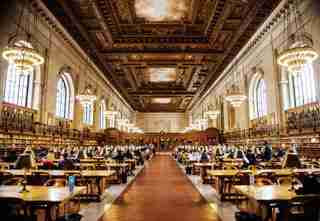
“Carrere & Hastings’ 1911 New York Public Library is the best example of great design from the American Renaissance, when architects and artists worked together to create the City Beautiful. Set within landscaped terraces, this building displays exquisitely composed and detailed façades that make the functions within clearly legible. The walk from the front door through the great hall, up the ingenious stairs, and over into the reading room is one of the most powerful architectural processions in America.” — Peter Pennoyer
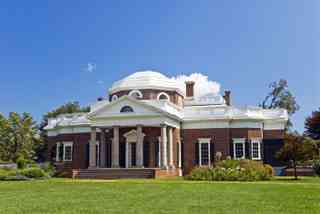
“We can’t think of an American interior or home more iconic than Jefferson’s Monticello. This perfect mix of classic and clean is a constant source of inspiration to us. Bold and spare, the library, in particular, appeals to us. It’s hard to imagine this room dates back to 1772—simply timeless!” —Jesse Carrier and Mara Miller of Carrier and Co.
“What could be more American than a small-town post office with an American flag on top? Our family spends every Fourth of July at the beach in Seaside, Florida. I always love the local post office, an iconic building right on Main Street with classic white clapboard siding and references to Grecian architecture that marked the beginnings of democracy. I also love how the building is painted red, white, and blue!” — Suzanne Kasler
"I’ve always loved the idea of the drive-in. At their most popular, in the ‘50s and ‘60s, they merged a private, intimate experience—being enclosed in one’s car, which represents freedom and autonomy—with a shared, collective one, under the romance of a starry sky. There’s a theatricality to the ritual, from the choreography of cars filing in bumper to bumper to the transformation of a simple lot into a theater, and to couples and families forming a lively, temporary community of moviegoers.” — David Rockwell
“I just love Carpenter Gothic architecture. When I was growing up, my favorite house was the Alice Austen House on the water in Staten Island. It’s so romantic, and there’s something about it that I just love. There’s something just magical about it.” — Mario Buatta
“Nothing says summer and Americana more than a porch with a rocking chair. The rocking chair is considered an American invention, one of the few furniture forms without a foreign precedent. It can be an old hickory model popularized by president Kennedy or a Victorian wicker example from a rambling Queen Anne–style house—rocking chairs communicate comfort and something typically American.” — Thomas Jayne
“I still use a Polaroid camera. There’s something instantaneous and playful about it that’s very American. It embodied spontaneity long before anyone had a cell phone in his or her pocket.” — Deborah Berke
“I think the most iconic example of American design is the Guggenheim Museum in New York City by Frank Lloyd Wright. Having designed the conversion of an interior space off the ramp of the museum from what was being used as a broom closet to a reading room, I know firsthand how difficult it is to touch this masterpiece in the most delicate way. Wright had labeled this space in its original drawings as a Frank Lloyd Wright Archive, and I was privileged to make it into a usable space. The building is a modern masterwork that represents American design at its best.” — Richard Meier
“Anything Andy Warhol is the definition of American design. The soup-can silkscreens and celebrity portraits—you just can’t get any more iconic than that.” — Kelly Wearstler
“Hilariously, I think Billy Baldwin’s work at La Fiorentina in Cap d’Antibes is a quintessential American work. There is a sportiness and an obvious level of comfort that has been injected into a room that also has pieces of Boulle and a scrolling Louis XV mirror. The color scheme is also a very happy, Yankee blue and white that is as much a template for country house design today as it was when he minted it.” — Alexa Hampton
“D. D. and Leslie Tillett were the preeminent American fabric house favored by such tastemakers as Brooke Astor, Albert Hadley, and Jacqueline Kennedy during her White House years. Their vibrant fabrics explode with life and are true classics. In addition to their work for the luxury market, the Tilletts believed that design could be a force for social change, which seems particularly appropriate in this day and age. They continue to inspire and represent the very best qualities associated with American creative, social, and civic agendas.” — Jeffrey Bilhuber
“For me, nothing represents true American design and talent more than pieces by George and Mira Nakashima, which I have been incorporating into my work for over two decades. These original and unique pieces work in most any interior, from low-key beach houses to formal townhouses.” — Joe Nahem
“America has always been a leader in innovation, and Frank Lloyd Wright is arguably our greatest architect. His spectacular residence Fallingwater outside of Pittsburgh is a great example of gutsy, new, and bold design that is as fresh today as is it was when completed in 1939. Indigenous materials and creative engineering marry to create a true sculpture to live in.” — Jamie Drake

